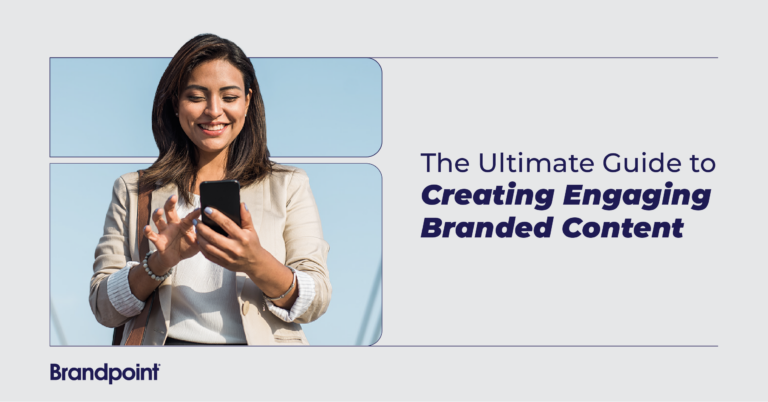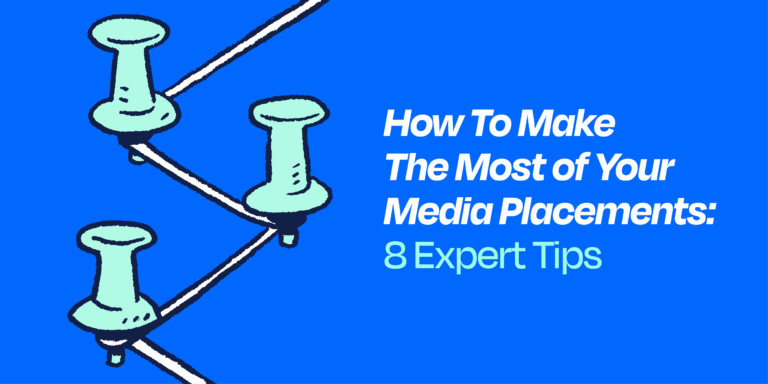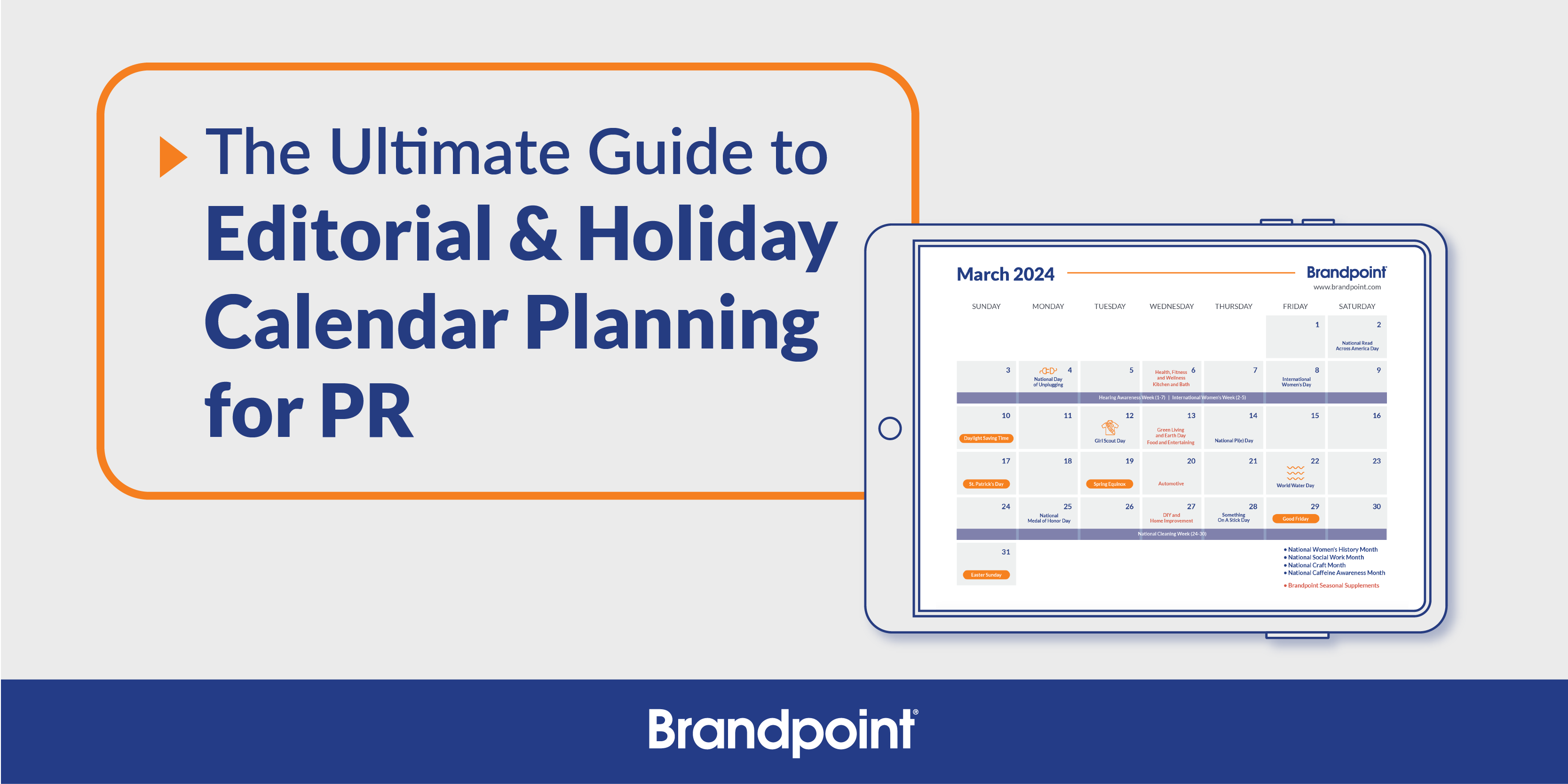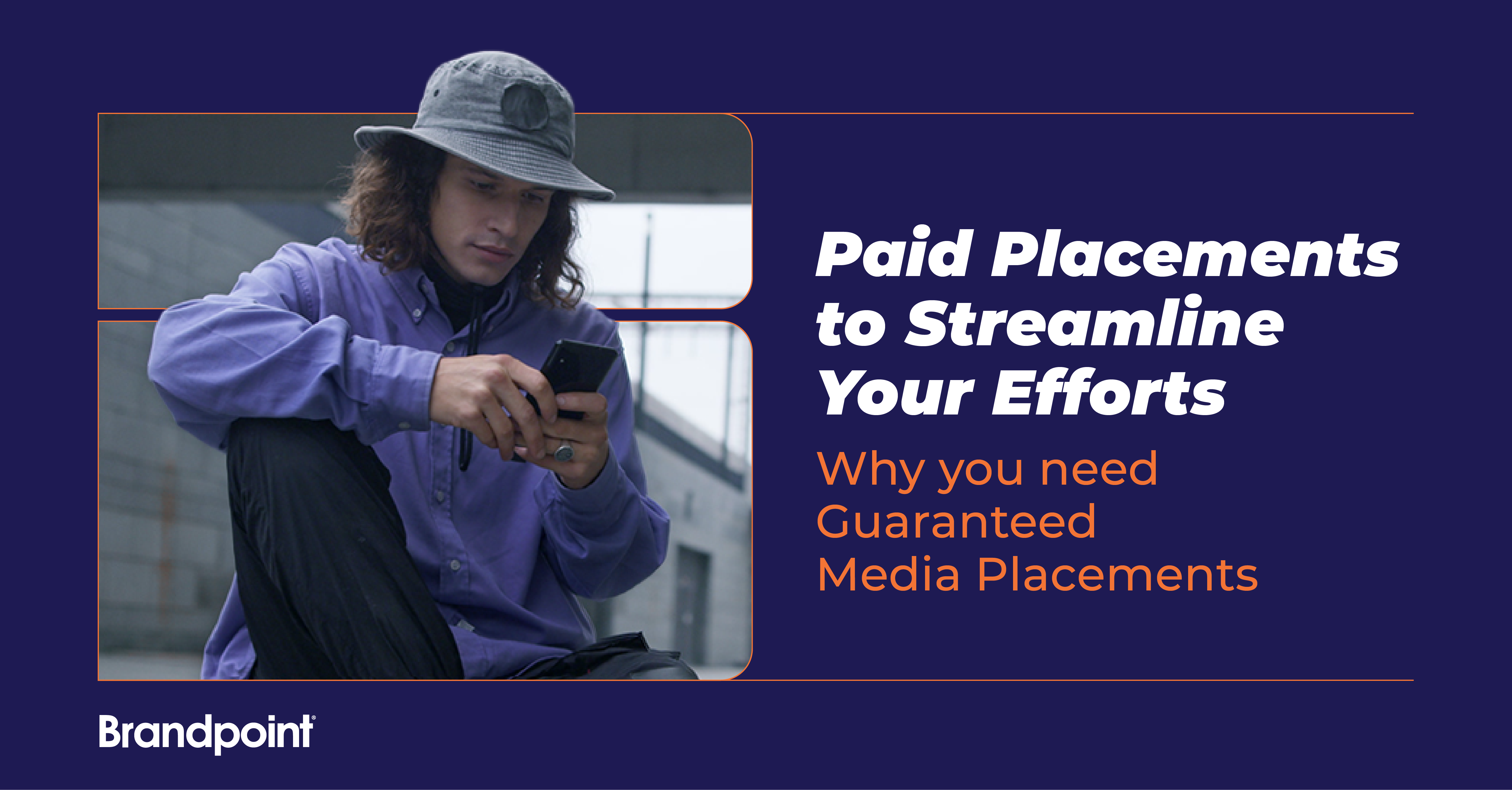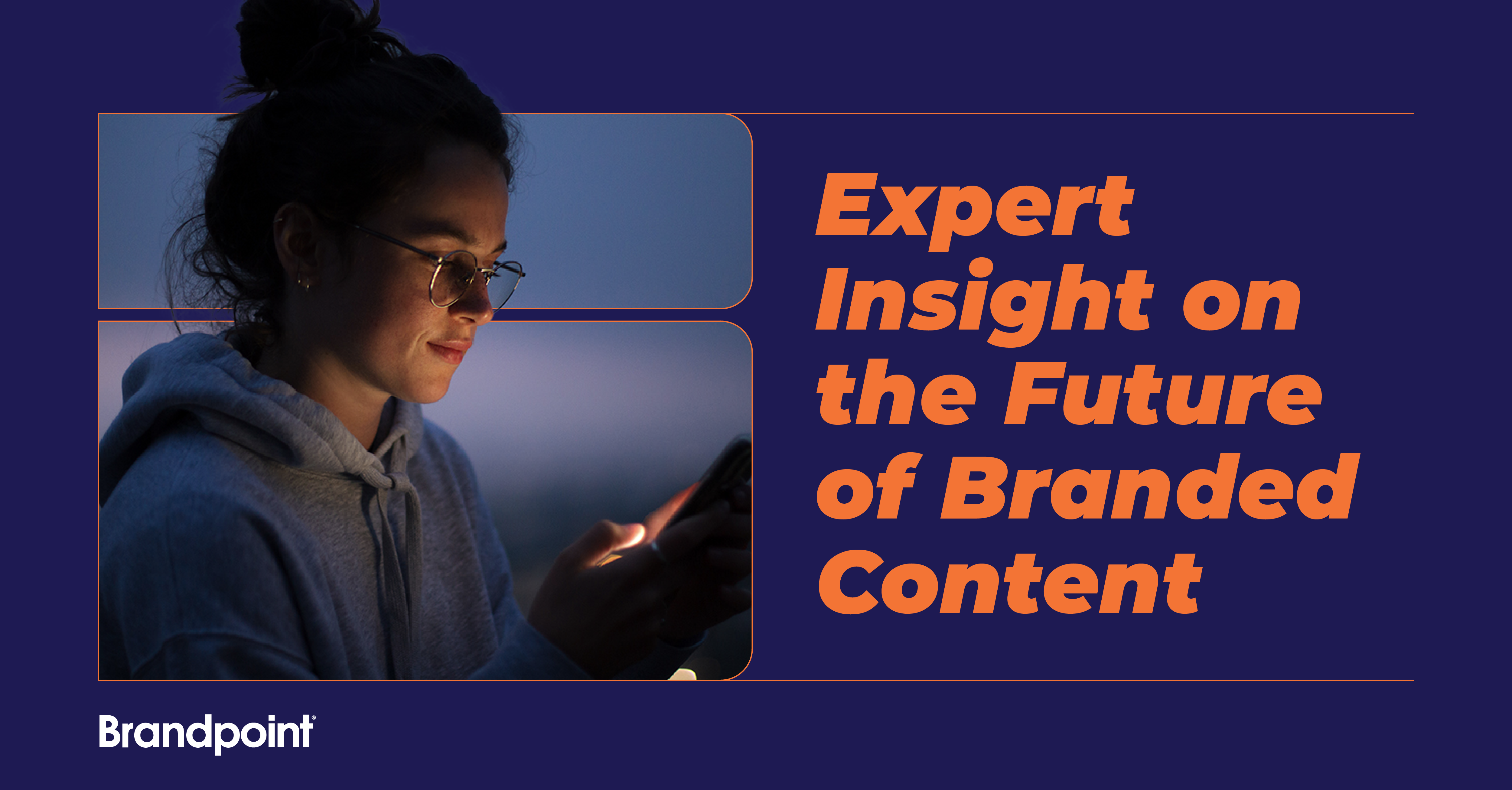In the marketing and advertising world, some of the terminology can sound similar. We’ll explore two of these terms in depth: branded content and product placement. Both are effective ways to get your product or service out there in front of an audience. But that’s where the similarities stop.
Product placement can almost be thought of as advertising on the sly. It’s the placement of your product in a television show, movie, video game or other entertainment-based media. A detective on your favorite cop show taking a swig of Coca-Cola is a great example of exactly what this is.
Branded content, by contrast, is expertly crafted storytelling that reinforces your brand identity and resonates deeply with your audience.
Here’s a look at these two marketing tactics side by side.
Product placement
What is product placement? What are the benefits to using it? How does it differ from branded content? Are there any downsides? When should you use it? Here’s what you need to know.
What is product placement?
Product placement is a marketing strategy in which a brand pays to appear in an entertainment medium like a movie, a television show, a video game or even social media. It’s a way for brands to reach a wide audience. If you’ve ever seen your favorite character on a TV show drinking a branded soda or using a phone that clearly shows its brand, that could be product placement at work. Also known as “embedded marketing,” it’s the art of subtly featuring a brand in entertainment.
What are the benefits of product placements?
There are several benefits for using this strategy to promote your brand.
- Organic and subtle. It’s the difference between watching a commercial for a product during your favorite TV show versus seeing a character using that product IN the show.
- Increased brand awareness. Popular series and movies reach a huge audience, which can vastly expand your brand awareness.
- Positive brand associations. If your favorite character in a series is using a certain product, that can subtly provoke positive associations.
Bottom line, it’s all about the reach.
Are there any cons to product placement?
While it gets your product in front of a vast number of eyes, product placement isn’t always the best choice. Downsides include:
- Lack of control. In some instances, you’re giving up a degree of control over how your brand, message and image appears. It might conflict with your brand values and not reinforce your message.
- It could be too subtle. If a detective is drinking a soda during a pivotal scene on a police drama, the audience might not notice what type of soda it is because they’re wrapped up in the plot.
- Negative associations. This ties into lack of control. If the product is used in a negative aspect of the storyline, it can harm your brand.
- It’s not appropriate for all brands. It works best for products, not services.
- Works best for known brands. If your new product is featured on a major show and people don’t already know what it is, that placement may be ineffective … unless you invest heavily in a campaign to build brand familiarity.
- It usually has to be negotiated. You’ll need an agency that specializes in product placement to get these deals.
- It can be expensive. You may be paying upwards of $50,000 to $1 million for product placement, depending on the medium.
When should I use product placement?
Choosing between different types of marketing and advertising will depend on your target audience, goals and budget. Product placement is a good choice when you want to:
- Reach a specific audience. If you’re targeting a certain demographic, young men, say, getting product placement in a video game zeroes in on that target.
- Reinforce brand awareness without advertising. Placement exposes your brand to a large audience without being too in-your-face about it. It can reinforce and build brand awareness in a subtle way.
- Get global reach. Remember, many TV shows are aired in other countries. When you buy advertising in the U.S., it’s for a national audience. But if Stabler is drinking your brand of soda on “Law & Order,” he’s doing it in every country that airs the episode.
- Last forever. The bottle of Jägermeister sitting on the countertop in Chandler and Joey’s apartment on “Friends” is going to be there forever, as long as the show is aired in reruns.
Product placement examples
Some classic examples of very obvious placement: FedEx in the movie Castaway, Manolo Blahnik shoes in Sex and the City, and Ray-Ban sunglasses in Risky Business. Other, less prominent examples include:
- Mac computers in the police station in “Law & Order”
- Land Rover (and many other car brands) in “Skyfall”
- OxiClean in “The Morning Show”
- Schmackary’s Cookies in “Only Murders in the Building”
Keep an eye out when you’re watching your favorite movies or television shows, and you’ll likely see a product placement or two.
Branded content
What is branded content? How does it differ from product placement? What are the benefits to using it? Are there any downsides? When should you use it? Here’s what you need to know.
What is branded content?
Branded content is a form of marketing that involves sharing content, like articles, infographics, videos, social media posts and more, that tells a story about your brand. Unlike other forms of marketing or advertising, branded content does not directly promote your products or services. Instead, it creates connections with your audience by sharing what’s at the heart of your business. It can include articles, blogs, eBooks, whitepapers, videos, infographics, social media posts and other forms of content.
What are the benefits of branded content?
- Increases brand awareness and perception. Branded content cements a brand into the awareness of the buying public, and can boost your public perception.
- Generates emotion. The best branded content is storytelling that evokes emotion. That feeling will resonate with your audience and linger long after they read it.
- Increases audience engagement and loyalty. Storytelling engages people in ways that advertising simply can’t, allowing people to identify with your product, not just buy it.
- Supports multi-channel marketing efforts. Branded content can integrate with your other marketing and advertising efforts on various channels like social media, email or your website. It’s part of creating a consistent message.
- Increases leads and sales. Everyone wants to increase the number of leads, sales, engaged customers, the whole nine yards. Ultimately, branded content makes your company more successful.
Are there any cons to branded content?
Branded content is one of the most effective marketing tactics out there. A few downsides might include:
- Time. Branded content is a marathon, not a sprint. It’s not in-your-face advertising, so impressions grow with time.
- ROI. Because this type of content doesn’t generate immediate wins, you generally will not see results overnight.
- No DIY. You need an expert storyteller to craft your brand — the most effective branded content is not put together in-house.
- Not clear on your brand? You need to know what your company embodies, its values, goals and mission, before you embark on a branded content campaign.
When should I use branded content?
Branded content is a great choice for most products and services. It’s especially powerful when you want to:
- Position yourself as a thought leader. Maybe you’d like to put out the definitive guide to … whatever it is your business does. That’s branded content. Maybe you want to share knowledge. You’re the expert, sharing your company’s expertise.
- Reinforce and broaden your reach. Most companies have done extensive audience or consumer analysis to determine who is buying their goods or services. Start there as the foundation, but think broader, too. Who do you want to reach that you may not be reaching now? Do you want to reconnect with customers who may have fallen away?
- Align powerfully with your audience. The best branded content creates a powerful connection with consumers. Think about Subaru’s brand. We all know who their typical consumer is. If you’re an outdoorsy dog lover with a family, you have probably considered buying one.
- Get your message out there. Branded content doesn’t have to be a grandiose campaign that completely defines you. It can be an article placed in publications nationwide that discusses issues aligned with your company or informs people about a certain topic, or shares your expertise. It can be an infographic that goes viral online or a video that sits on your website, drawing people to it.
Branded content examples
Examples of compelling branded content are all around us. Here are just a few:
- Dove. By now, everyone knows Dove stands for body positivity. That’s because of consistent branded content. Their #showus campaign encouraged women to be proud of who they are, and send in photos. The deluge included pictures and videos of women talking about what makes them unique.
- Subaru. Their #meetanowner campaign showcased how their customers are now brand advocates for Subaru.
- Birkenstock’s “Ugly for a Reason” campaign told the story of why those sandals look the way they do. The campaign emphasized thought leadership about the foot and paired with the New York Times, creating a documentary series about how these shoes could be good for you and good for the planet.
At Brandpoint, we’re the experts in creating impactful, effective branded content for our clients and helping PR professionals and marketers to secure guaranteed media placements featuring this content. Our team of professional journalists and designers listens to your brand voice, leans into our quarter century of experience and leverages the largest and most prestigious distribution network on the planet to get your expertly crafted message in front of millions of people. Get in touch with us today to start this journey together.
